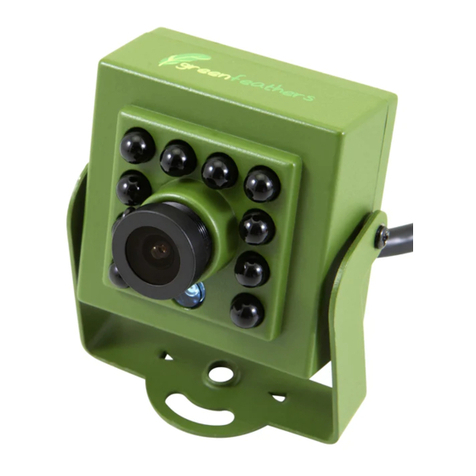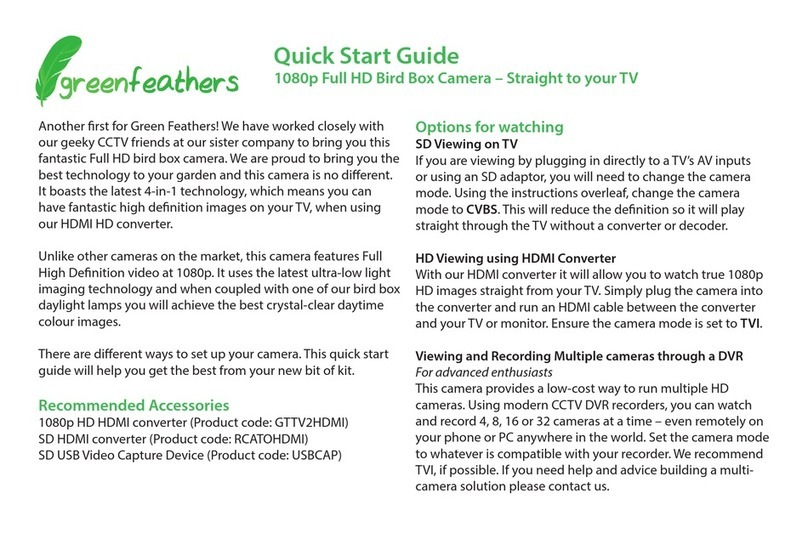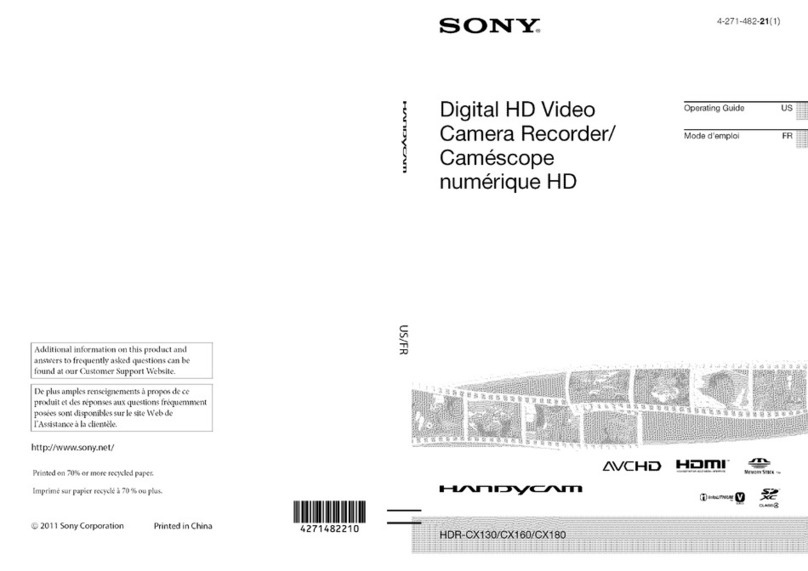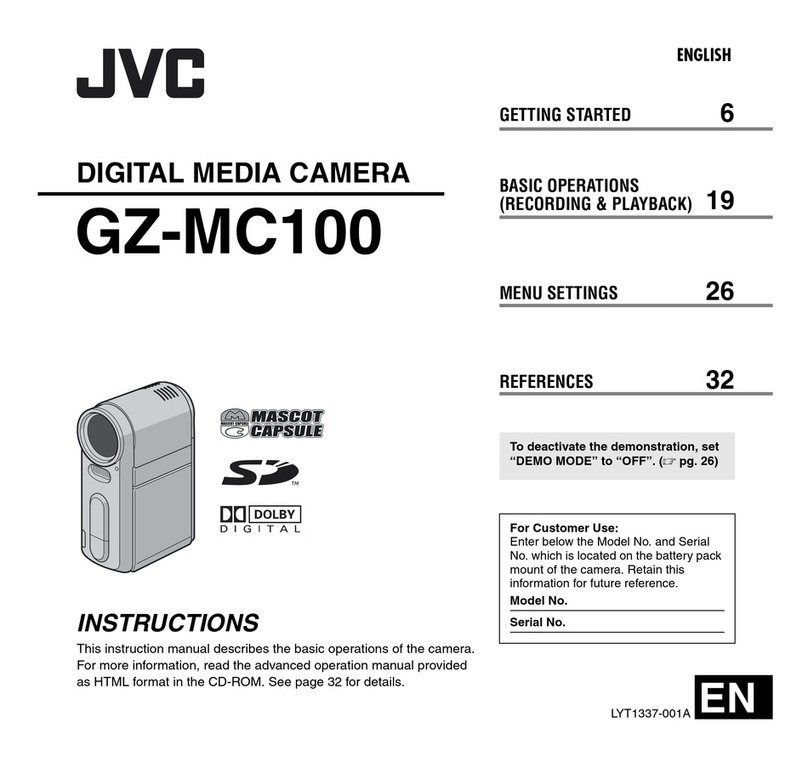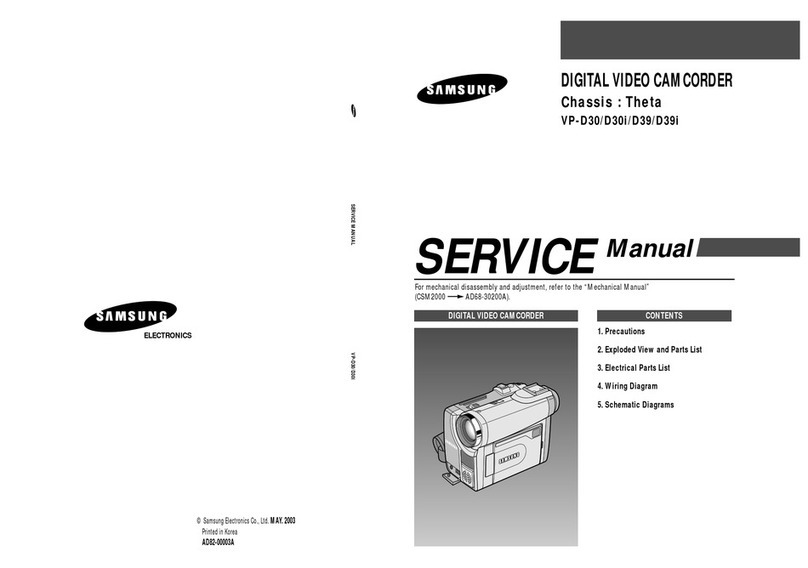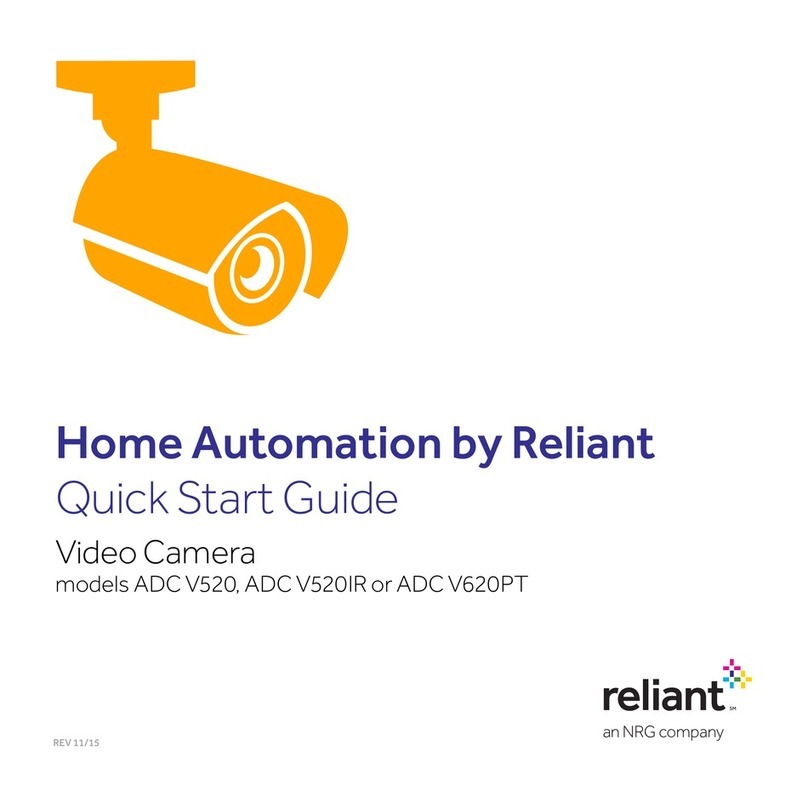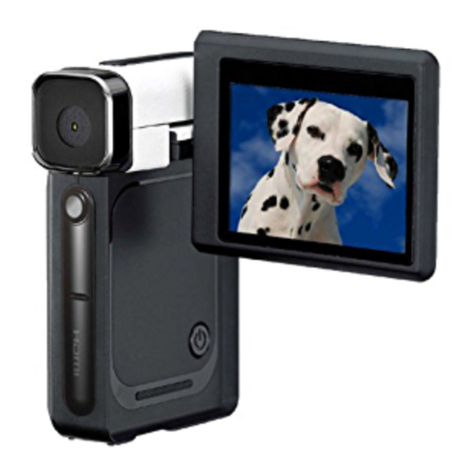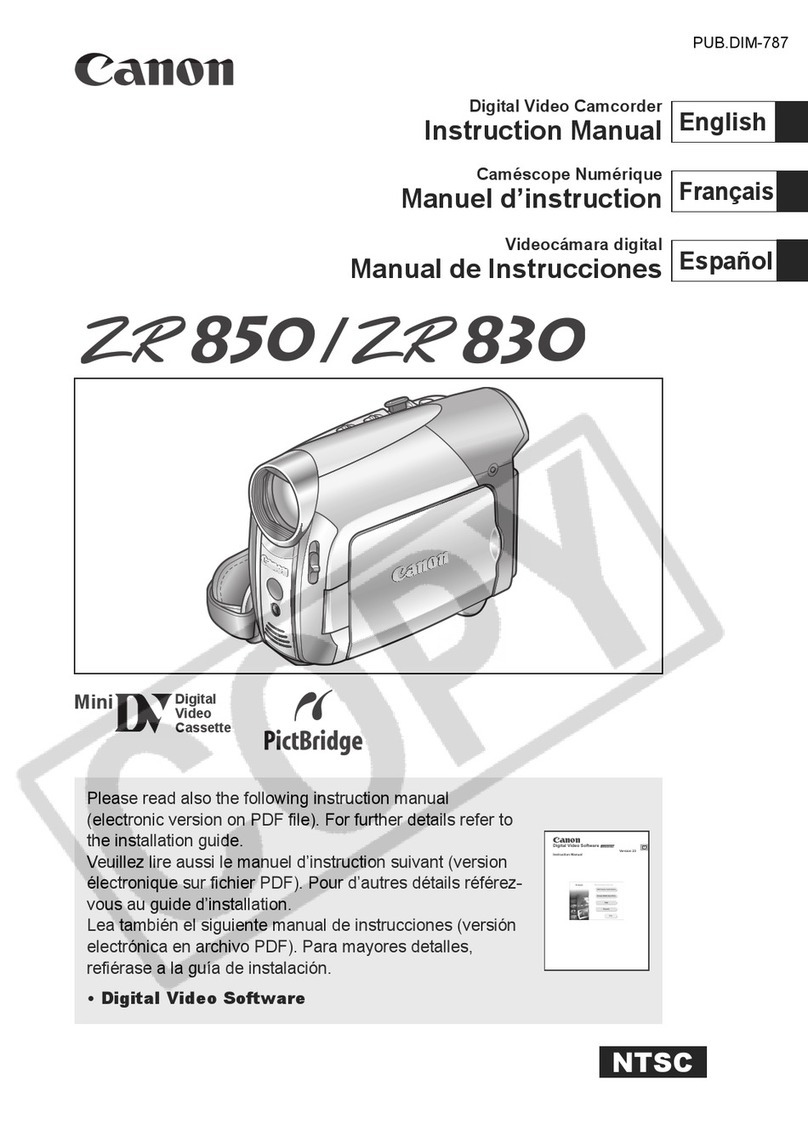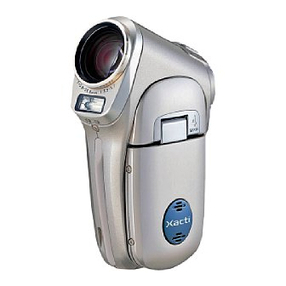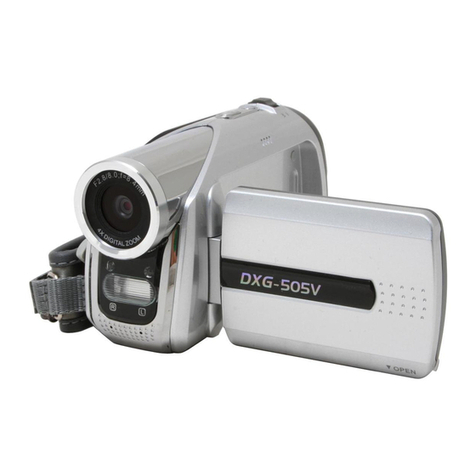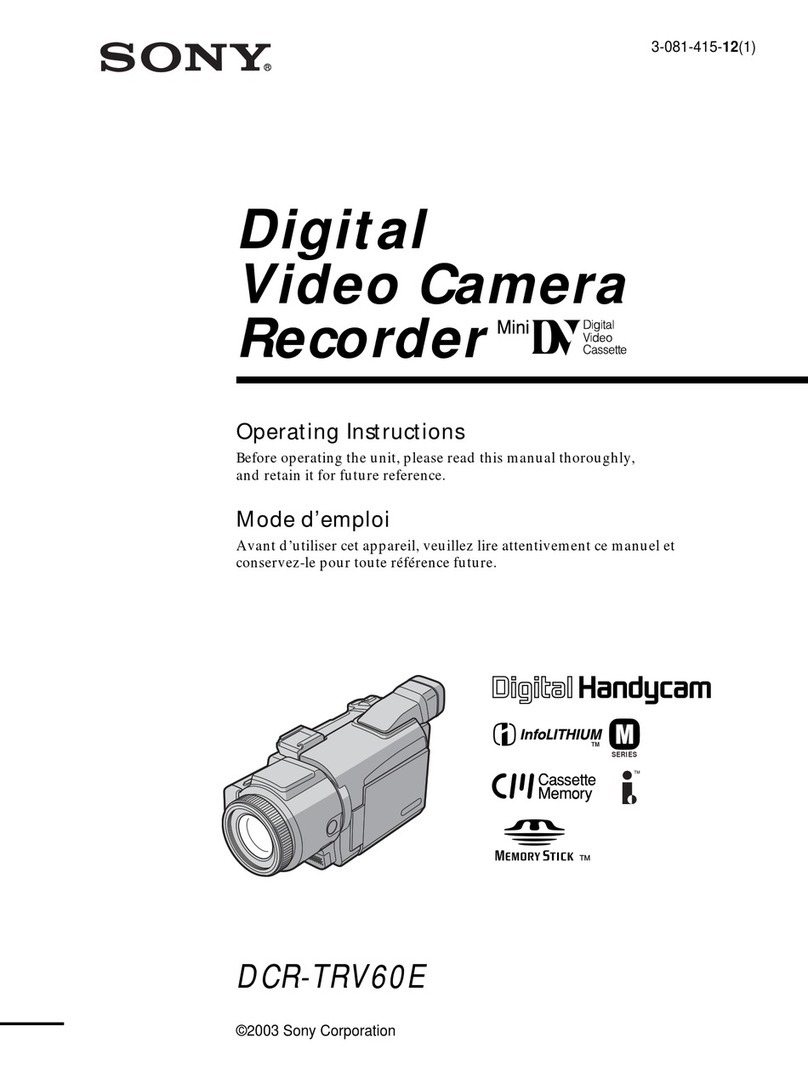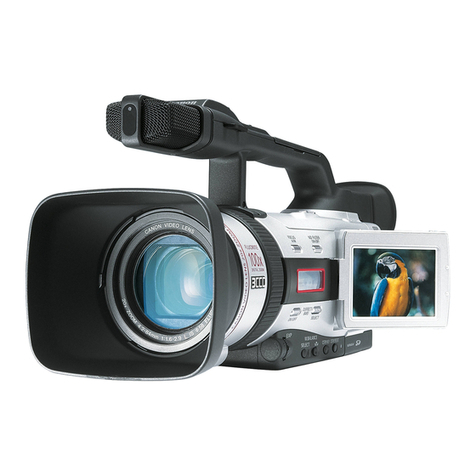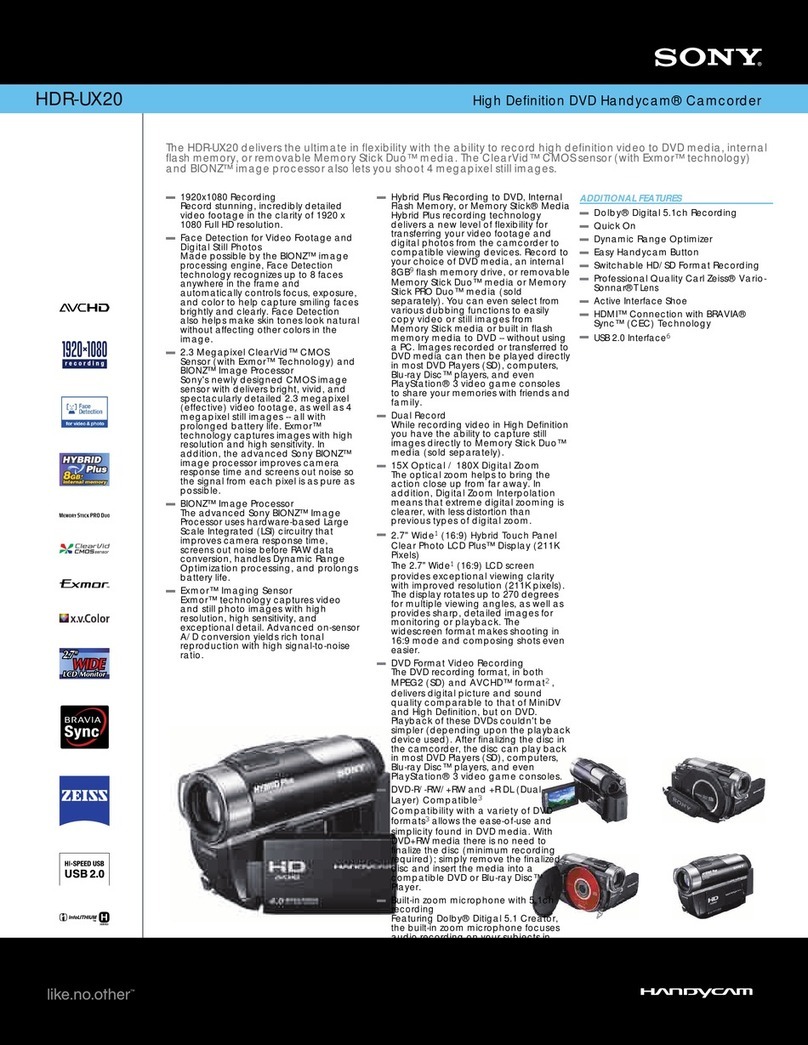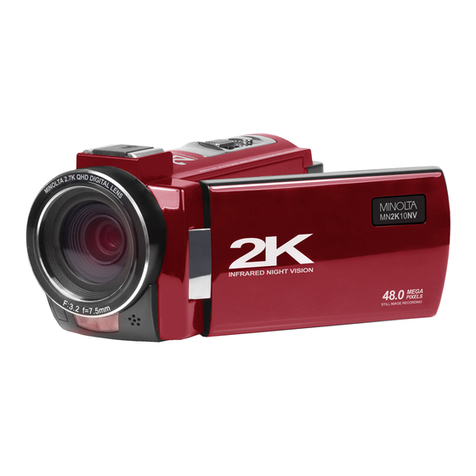greenfeathers HD Bird Box Camera Kit User manual

HD Bird Box Camera Kit
Quick Start Guide

2

3
Congratulations! You are now the proud owner of a Green Feathers
Bird Box Camera. For years we have been a leading provider of
wildlife cameras and our bird box cameras have been a number one
choice for those wanting to watch wildlife in their very own garden
from the comfort of the sofa. We are based in Bristol where our team
have taken our edgling cameras to new heights.
You will very soon be seeing high-quality images from your bird box.
Once congured you’ll be able to watch live on your smartphone,
tablet and computer so you can show o visiting wildlife to your
friends.
Please take a couple of minutes to have a read through this booklet
before you get started. Not only are there some helpful hints and tips,
but we also have some guidelines to help you plan the installation of
your camera.With just a bit of time, a cup of tea and a friend you’ll be
up-and-running in no time. We hope you enjoy your camera!

4
WHERE TO PLACE YOUR BIRD BOX
Dierent birds have dierent needs when it comes to choosing where to place your bird
box. Generally you should look to place your box in a quiet spot in the garden amongst
other plants or trees, making sure to leave a clear path in for your birds to make their
landing.
Unless there is a tree or building providing shade, it is generally a good idea to face the box
between north and east to avoid direct sunlight and strong winds. Tilting the box slightly
forward will also help to prevent rain from coming straight into the nesting area.
For blackbirds, robins and wrens you should place your bird box 1.5 to 2 metres high, well
surrounded by planting.
For sparrows, starlings, tits and spotted ycatchers you should place your bird box 2 to 4
metres high and slightly covered with a clear entrance.
For woodpeckers, owls and kestrels you should place your bird box between 3 to 5 metres
high in a nice open space.
If there are cats and other bird predators in the area then you should look to place
your bird box a minimum of 2 metres above ground level.

5
WHERE TO PLACE YOUR BIRDBOX
Dierent birds have dierent needs when it comes to choosing where to place your
birdbox. Generally you should look to place your box in a quiet spot in the garden
amongst other plants or trees, making sure to leave a clear path in for your birds to
make their landing.
Unless there is a tree or building providing shade, it is generally a good idea to face
the box between north and east to avoid direct sunlight and strong winds. Tilting
the box slightly forward will also help to prevent rain from coming straight into the
nesting area.
For bluebirds, robins and wrens you should place your birdbox 1.5 to 2 metres high,
well surrounded by planting.
For sparrows, starlings, tits and spotted ycatchers you should place your birdbox
2m - 4m high and slightly covered with a clear entrance.
For woodpeckers, owls and kestrels you should place your birdbox between 3m -
5m high, in a nice open space.
If there are cats and other bird predators in the area then you should look to place
your bird box a minimum of 2m above ground level.
5
2m - Robins, Wrens
3m - Sparrows, Tits, Starlings
5m - Woodpeckers, Owls

6
GETTING THE MOST FROM YOUR CAMERA
Wired camera connection tips
If you have a wired camera, plan beforehand where you plan to lay your cable from your
bird box to your viewing device. Are you going to bury your cable and where is the entry
point to your house going to be? Generally it is best to drill a single hole through your outer
wall but if you have wooden window frames a small hole through the corner of the frame
may be a better idea.
If you’re burying the cable running through your garden then it is a good idea to protect it
from the weather and burrowing animals. A simple way to do this is with some spare hose
pipe. Simply run your cable through the hose, tape over the ends and bury. Some extra
electrical tape over cable joints also helps keep water out.
?FIND MORE HELP ONLINE
Learn more about setting up your camera online.
green-feathers.co.uk/help

7
Improving the lighting
The small LEDs around the lens of your camera helps to improve your picture in low light
levels and at night, but they can reduce the vibrancy of colour during the day. There are
two ways to improve the colour images from your camera.
1. White Light Box: acquire a white light box from us to assist light levels during the day.
2. Perpex Window: add a small perspex window to your bird box to introduce more light
into the box without disturbing the residents. Simply drill a hole mid-way down the
side of your box, below your camera and cover with a small pieces of 2–3mm thick
sanded perspex xed into place with a couple of screws. Sanding the perspex helps to
soften the sunlight and reduce glare.
Camera mounted at the
top rear of the box
Sun hole drilled half-way
between the entrance
and bottom of the box

HOW TO SET UP A WIRED CAMERA
Before you install the camera into your bird box, wire up the camera indoors near your
network router so you know that it is operating properly.
Connecting the weatherproof adaptor
Feed the end screw cap onto the Ethernet lead and then carefully add the red rubber
seal onto your lead. Now connect the white rubber seal with the cut-away that is on the
side. Add the other half of the connection onto your cable. Then feed the white rubber
connection in between the black ns, it will t but be careful not to break them. Once
the white part is in you can carefully feed the red rubber seal in and then screw the end
connection on. Now connect the Ethernet lead into the connection on the camera. Push
and twist the two connections together. Push the end cap over the ns and then screw it in
to place, this will be a rm connection so you may see the white bit pop out the end.
Connecting your camera
Connect the mains power supply lead into the PoE injector and the Ethernet cable from the
camera into the port marked PoE. Connect the shorter Ethernet cable into the LAN port
and the other end into an available port on your router.

9
Hints & Tips
• To prevent any noise being picked up on the microphone, make sure that it is
positioned in a way such that it is pointing away from the camera's body
• Ensure that you have enough network cable length to comfortably reach between your
bird box and network router
• If your router is too far away you can use Powerline adaptors to send the data using
your house's electrical circuits
?FIND MORE HELP ONLINE
Learn more about setting up your camera online.
green-feathers.co.uk/help
Weatherproof Adaptor
Ethernet cable
Mains power
PoE Injector Router

10
HOW TO SET UP WI-FI CAMERA
Before You Begin
• Test the Wi-Fi strength at the site of your bird box using a smartphone or tablet
• Plug in the power supply into the trailing cable of the camera and remove the lens cap
• Attach the bracket to the bird box before mounting the camera to the bracket
• The camera also has the ability to work with a MicroSD card (up to 128GB) so insert the
card into the slot on the camera if you want to record footage on the camera
• Download the XMEye app (see page 13 for more information)
Connecting to the Camera Directly
First, you need to connect to the Wi-Fi camera directly to activate it. When the camera is
powered up, open the Wi-Fi settings on your smartphone or tablet and the network with
the following name should appear beye_***. Select and enter the password 1234567890.
Should this Wi-Fi Network not appear it may mean that you need to
reset the camera. To do this press and hold the reset button for 15 seconds on the camera
as shown below.
Once connected, open the app and select Direct Login in the bottom right of the screen.
Your camera will be listed, so simply tap on it to check that you are receiving live images.
This method of connecting has limited functionality as you won’t be able to view the

11
camera remotely or from other devices on your network. Furthermore, the range of the
Wi-Fi from the camera in this mode is limited. Therefore, we would recommend to now
connect the camera to your Wi-Fi network.
Connecting the Camera to Your Wi-Fi Network
1. Ensure your smartphone is connected to the Wi-Fi network you want the camera to use
2. Double press the white button found on the end of the cable on the camera
3. Open the app on your phone and tap Local Login in the bottom-left corner
4. Now select the +icon in the top-right and tap Quick Conguration
5. Enter your Wi-Fi network password and select the two options Ensure the indicator
and Device Operation
6. Tap Complete all of the above operation at the bottom of the screen
7. If you are prompted with a question asking whether your device is post-2015 select Yes
8. Wait for the app to scan the network and your device should show up as a green icon
9. Tap this and it will automatically ll out all the details needed to connect to the camera
10. Select OK at the bottom of the screen
11. Your device should now appear in your device list and you will be able to watch live
video over Wi-Fi from your bird box camera

12
INSTALLING THE PC SOFTWARE
To watch and record footage from your camera on your PC you can download the Windows
PC software.
Once you've installed the software nd and run SNVR. The rst time you run the software
it will automatically search for cameras on your network. If this is successful the video feed
should appear.
The last thing to do is to make sure that the camera has a Static IP address. To do this right-
click the live camera picture and select Remote Conguration. Select the Network tab and
in the cong menu untick the Enable DHCP tick box and click OK.
?FIND MORE HELP ONLINE
Learn more about installing the software online.
green-feathers.co.uk/help

13
DOWNLOADING THE APP ONTO YOUR SMARTPHONE
To view live images on your iPhone, iPad or Android device you can download the app.
Search for XMEye on Apple App Store or Google Play Store; alternatively scan the QR codes
below.
Once you’ve opened the app you’ll be presented with a login screen. Tap on Local Login.
Tap on the plus symbol on the top right-hand corner to add a new device and search for
devices on your local network. Once the camera is found you can add it to the device list.
Tap on this now to connect to the live video feed.
iOS Android

14
Something fun for a Saturday afternoon
to attract wildlife into your garden. Great
in winter when food is scarce. Productive,
enjoyable and most of all cheap!
Types of Container
Yoghurt pots
Coconut shells
Small plant pots
String
Lollipop sticks or twigs
Ingredients
Lard or suet
Bird seed
Porridge oats
Peanuts (suitable for birds)
Raisins
Kitchen scraps
Equipment
Mixing bowl
Saucepan
Mixing spoon
Cling lm
Bowl of cold water
Rubber gloves (optional)

15
Method
1. Melt the lard/suet into the saucepan, don’t let it burn
2. Once melted, put all dry ingredients into a mixing bowl and then add the lard/suet. If
you are going to mix everything together using your hands then make sure that the fat has
cooled down enough before you get your hands stuck in!
3. Preparing the containers. Now you have the mixture ready, get a piece of string and
loop it and tie a knot in the end of it. Remember not to make the loop too small such that it
won’t t over the branch/hook etc.
4. Press the soft mixture into the yoghurt pot/chosen container and around the string,
making it as compact as possible so that the string doesn’t escape.
5. Once lled to the top of the yoghurt pot, leave the mixture to cool.
Storing in a cold shed or garage would be ideal, you could just as easily
store them in the fridge.
6. After the mixture is chilled, you need to remove it from the container.
The best way to do this is to partially ll a bowl with warm water and
place the container in. This way the water will warm the fast slightly in
order to soften it allowing you to remove the fat balls.

16
FURTHER RESOURCES
Find out more about wildlife in your garden.
Lots of helpful tips on attracting more wildlife to your garden:
www.rspb.org.uk/birds-and-wildlife/bird-and-wildlife-guides/
www.wildlifegardener.co.uk
www.wildaboutbritain.co.uk/forums
Plenty of tips and guides on living green:
www.thedailygreen.com
green-feathers.co.uk
Table of contents
Other greenfeathers Camcorder manuals
